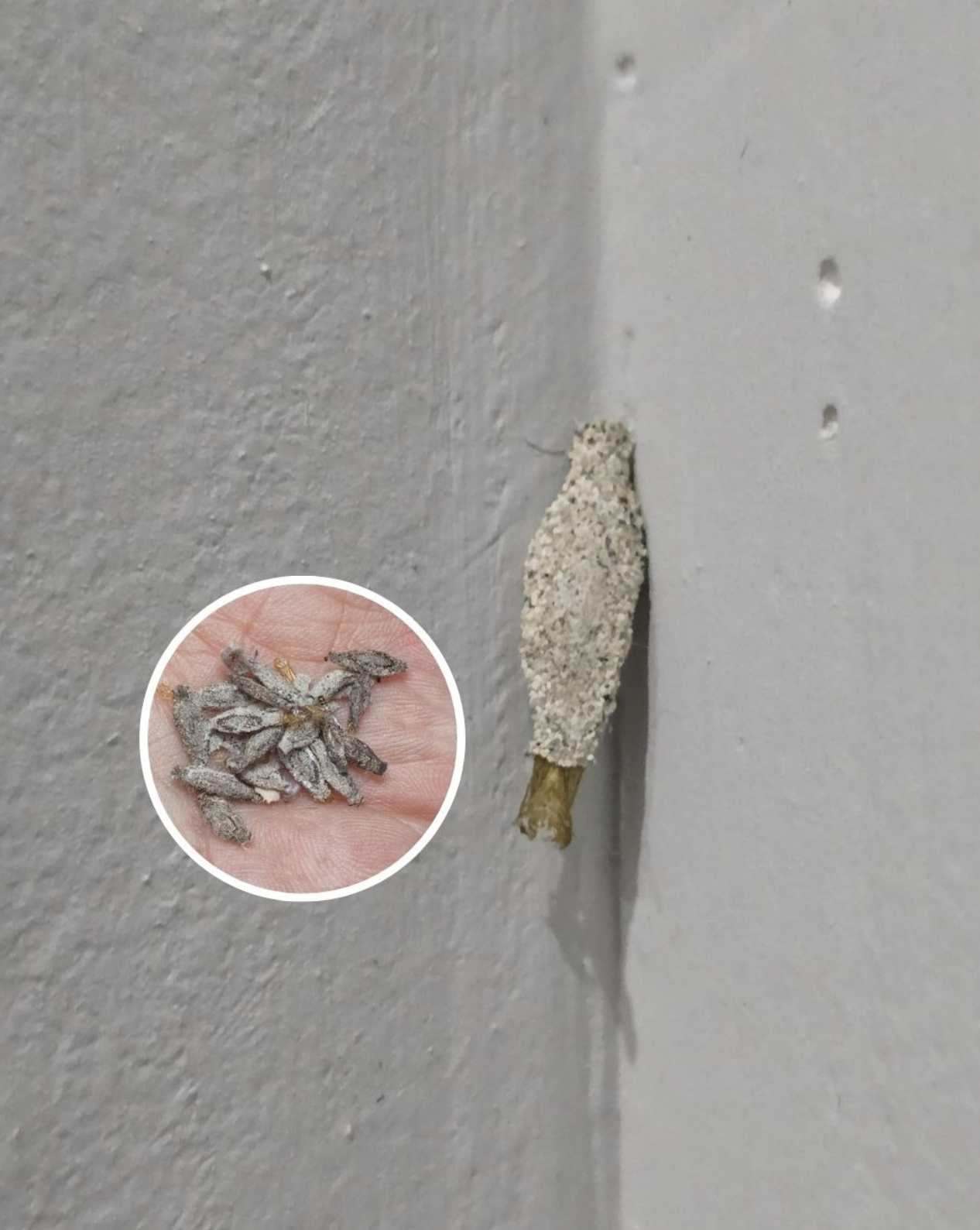If you’ve ever turned on an outdoor light and spotted a large, pale moth clinging to your wall , wings slightly open, motionless in the dark — you might have come face-to-face with the Ailanthus Moth (Ceratomia catalpae ), also known as the Catalpa Sphinx Moth .
With its ghostly color , dramatic wing pattern , and still, almost eerie posture , it’s no wonder this moth sparks curiosity — and sometimes, a little fear.
But here’s the truth:
👉 It’s not creepy. It’s not dangerous. It’s not a sign of infestation.
It’s a harmless, short-lived pollinator just passing through the night.
Let’s dive into what this mysterious moth really is — and why seeing one is actually a good sign .
🌙 What Is the Ailanthus Moth?
- Scientific Name: Ceratomia catalpae
- Family: Sphingidae (Sphinx moths)
- Size: 3–4 inches across — one of the larger moths in North America
- Color: Pale gray or white with wavy dark lines and a dusting of charcoal
- Habitat: Eastern U.S., often near forests, gardens, or suburban areas
These moths are nocturnal , drawn to lights at night, and often rest on walls, tree trunks, or siding during the evening.
